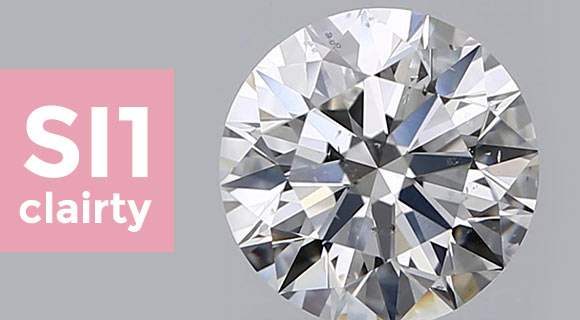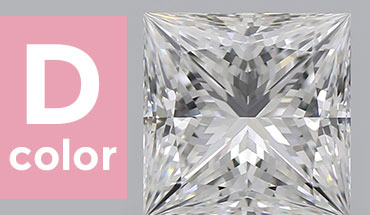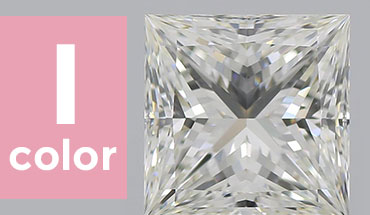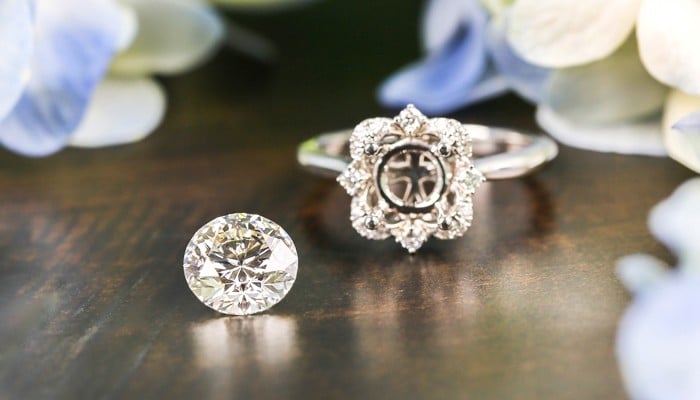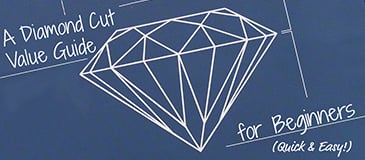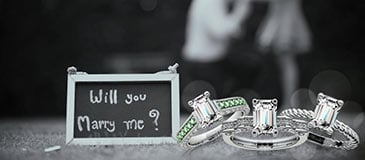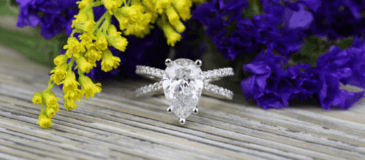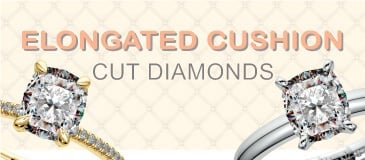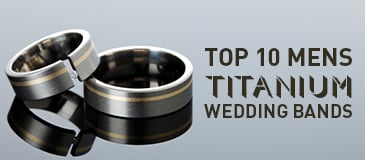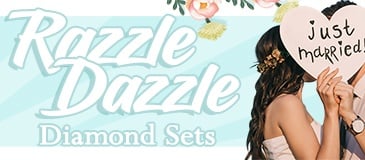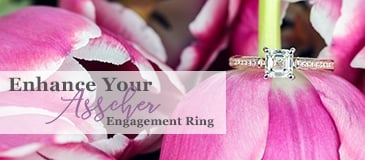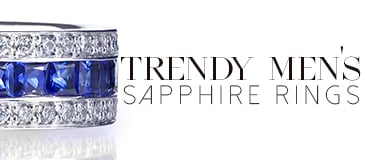Diamond Buying Advice for Shoppers on a Budget

Buying diamonds on a budget might sound daunting, but if you have the right diamond buying advice, it can be easy and painless. The assortment of stunning diamonds to choose from online has made deals on diamonds realistic at any price point.
According to the International Gem Society (IGS), diamonds are not so rare after all. “All gem grade materials are rare, composing just a tiny fraction of the earth,” explains the IGS. “However, diamonds actually number among the most common.”
This makes diamonds very affordable if you know how to leverage the 4Cs: Color, Clarity, Carat Weight, and Cut. The shape of a diamond can play an essential role when sticking to a budget, too.
Use the following diamond buying advice to your advantage when making the purchase of a lifetime.

